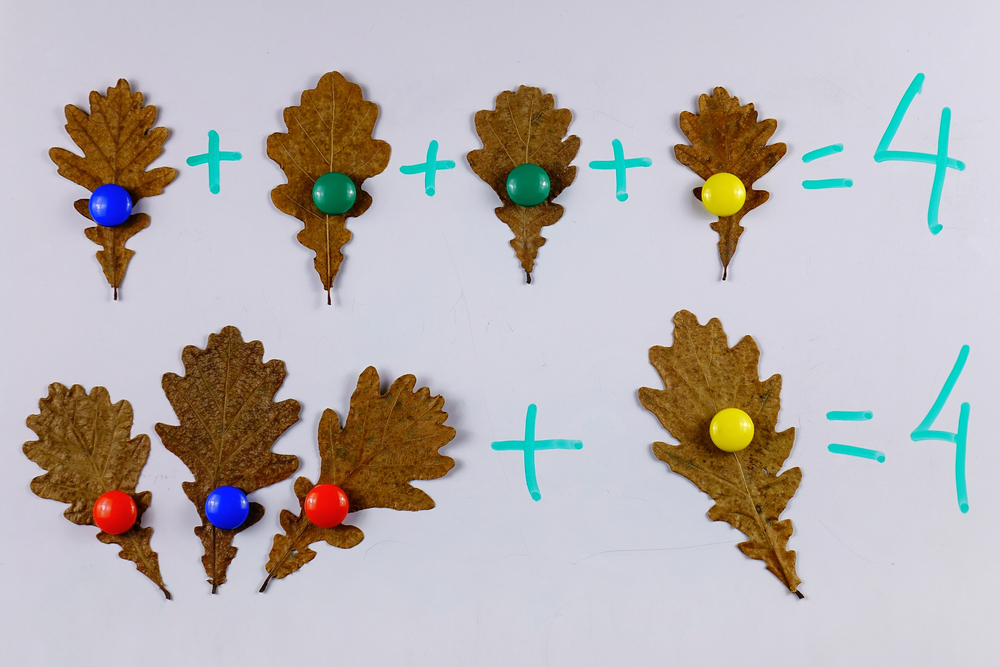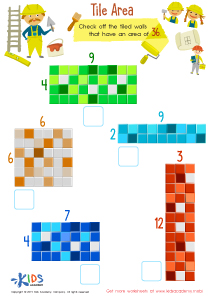Number Recognition Normal Matching Worksheets for Ages 6-9
6 filtered results
-
From - To
Improve your child's mathematical foundation with our Number Recognition Normal Matching Worksheets for ages 6-9! Designed to enhance essential number recognition skills, these engaging worksheets help children practice identifying and matching numbers in a fun and effective way. Suitable for both classroom and home use, they support early cognitive development and number fluency. Clear instructions and delightful visuals make learning enjoyable for young learners. Empower your child to excel in math while boosting their confidence and academic success with our expertly crafted matching worksheets. Download today and watch your child thrive!
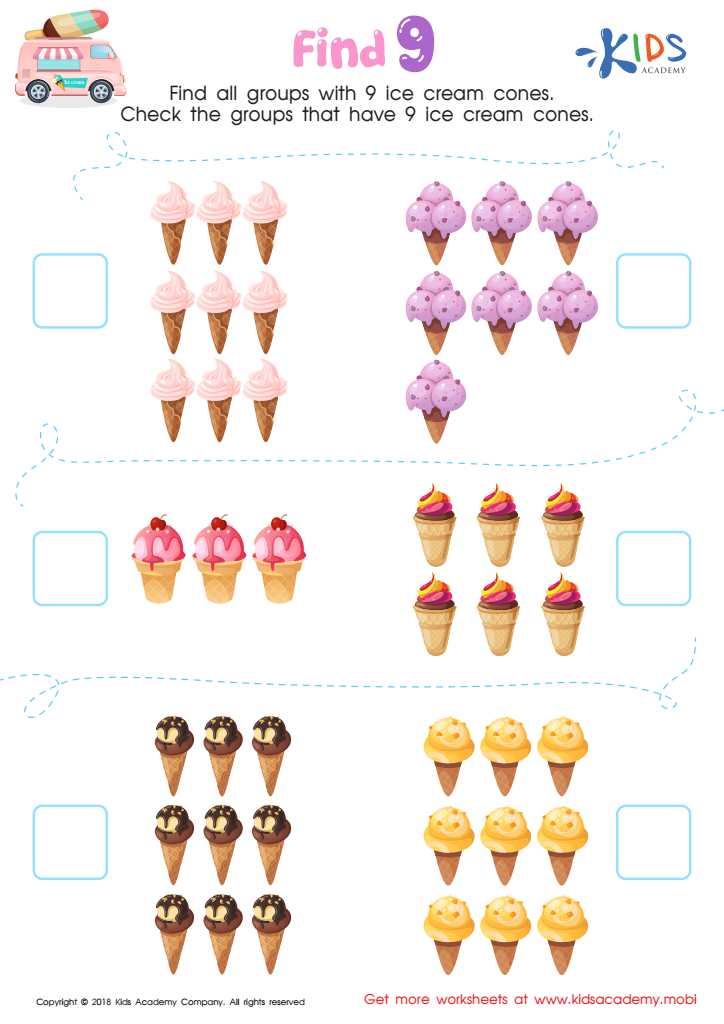

Find 9 Worksheet
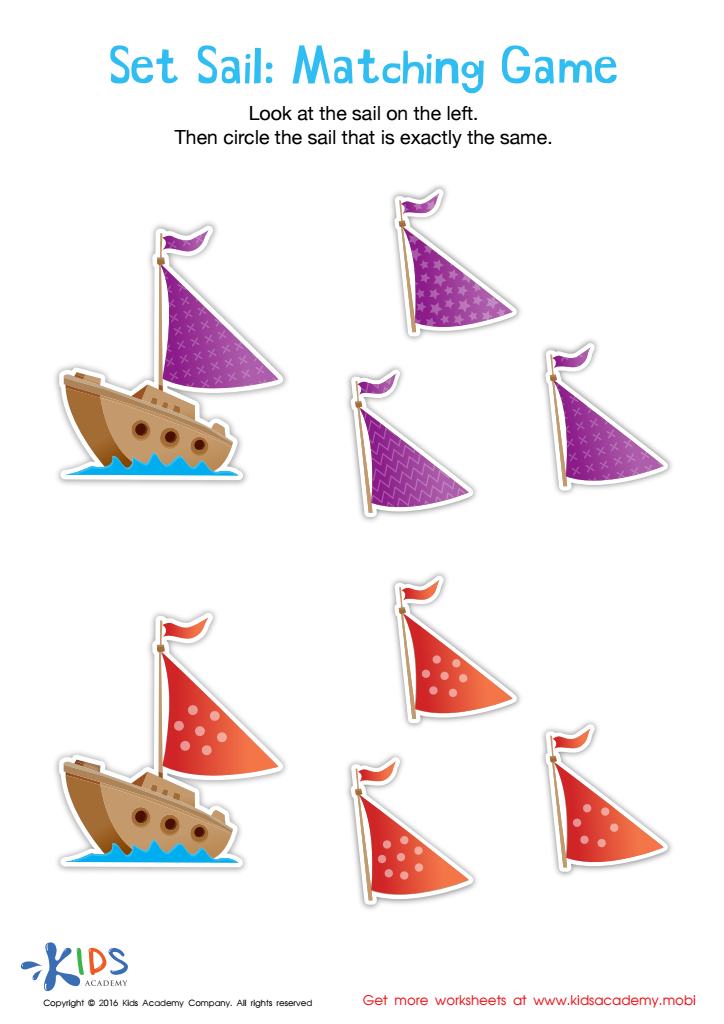

Set Sail Worksheet


Classifying Toys by Type and Color Sorting Worksheet
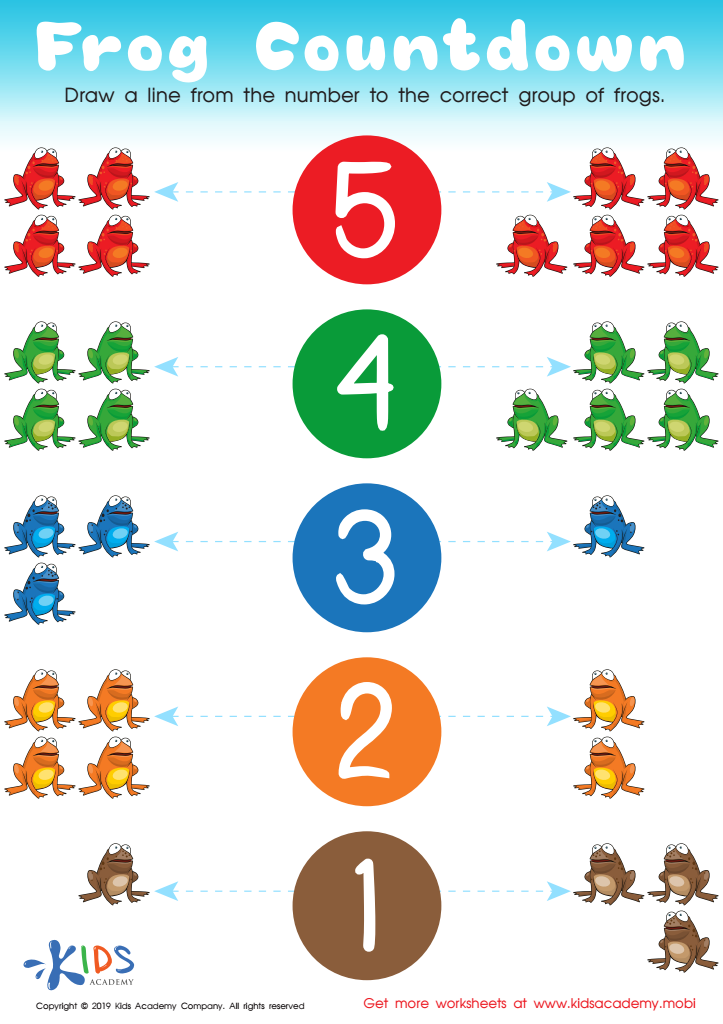

Frog Countdown Worksheet
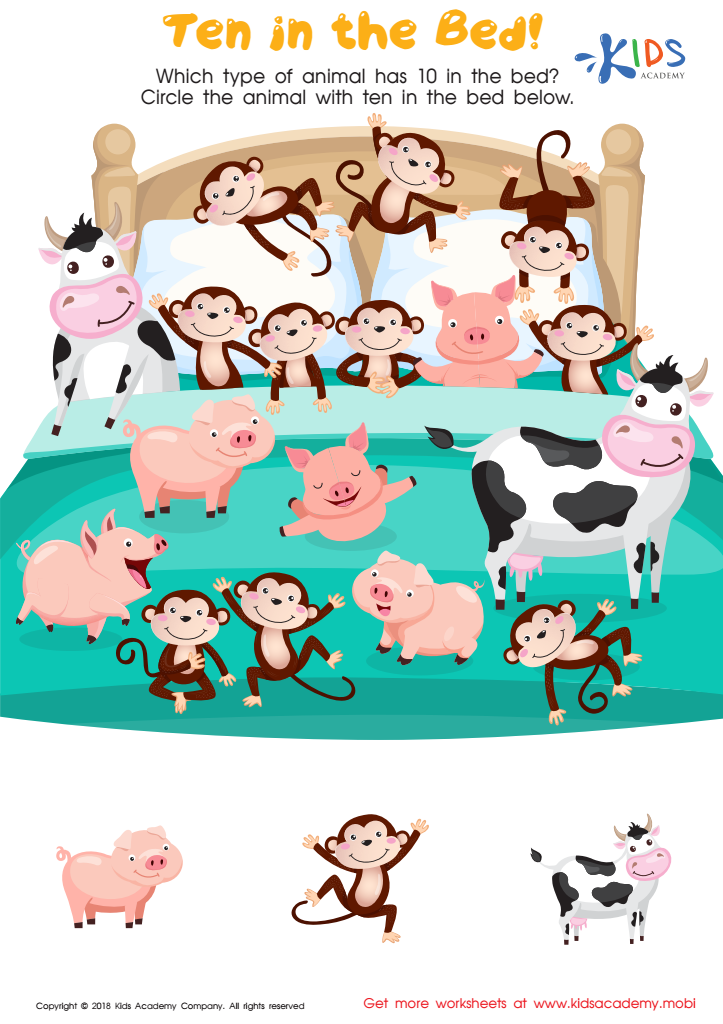

Ten in the Bed Worksheet


Find 5 Worksheet
Number recognition and matching is a fundamental skill for children aged 6-9, serving as the building blocks for their mathematical understanding and cognitive development. Both parents and teachers play a crucial role in fostering these abilities, which are essential for a child's academic success and overall confidence in numeracy.
Firstly, number recognition allows children to identify and name numbers accurately. This skill is analogous to learning the alphabet in reading; it forms the basis for more complex mathematical tasks such as addition, subtraction, multiplication, and division. When children can easily recognize numbers, they are better prepared to understand place value and other foundational math concepts.
Secondly, normal matching activities enhance cognitive skills such as memory, attention to detail, and hand-eye coordination. Matching numbers with corresponding quantities or other representations strengthens a child’s ability to make connections between abstract concepts and real-world applications. This linkage is crucial for problem-solving and logical thinking.
Parents and teachers who emphasize number recognition and matching are equipping children with crucial early skills that have a lasting impact on their education. Incorporating playful methods like games, puzzles, and interactive activities can make learning engaging and enjoyable, laying a sturdy foundation for future mathematical competence and academic confidence.
 Assign to My Students
Assign to My Students






